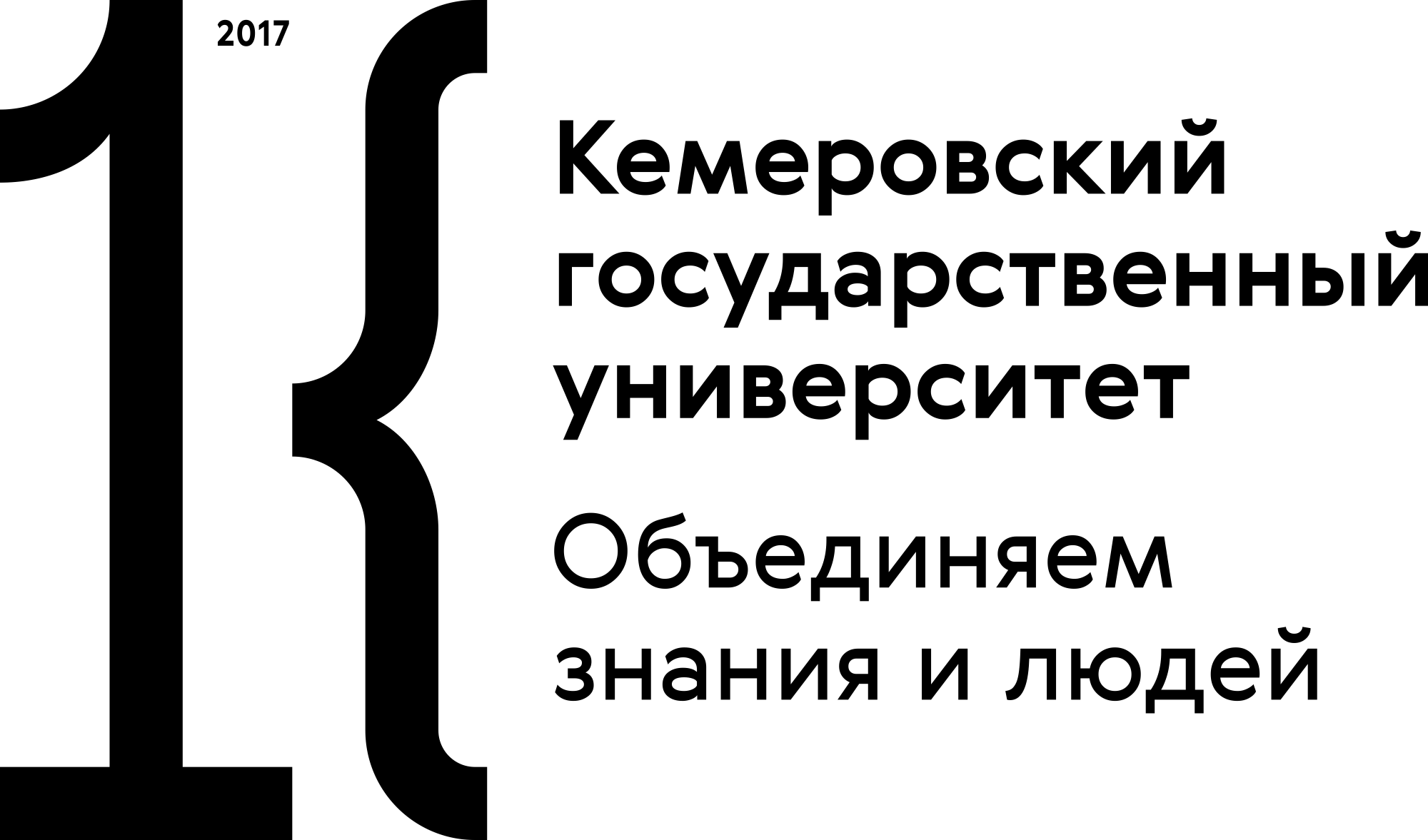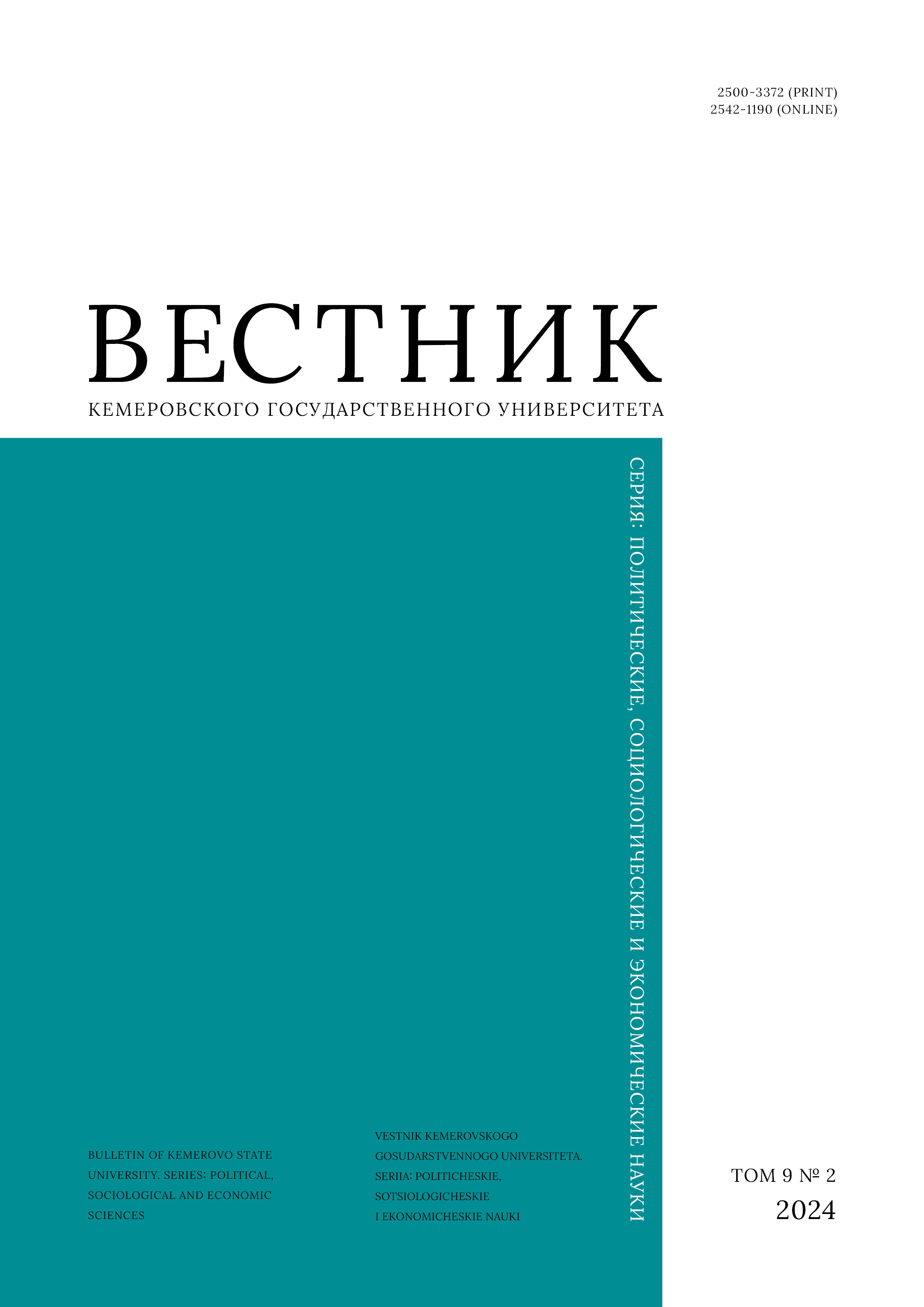from 01.01.2022 to 01.01.2024
Moscow, Russian Federation
Moscow, Russian Federation
Human capital depends on many variables, e.g., financial crises, state economy, education, geopolitical conflicts, competition, etc. The article introduces various tools that could increase the efficiency of human capital in industrial enterprises, as well as determines corporate activities that increase organizational stability. The author used standard research methods to identify the features of corporate culture in small businesses and big corporations. The analysis relied on the minimal and maximal investments that improve the quality of human capital. It resulted in a set of recommendations for improving corporate policy. The review part covered the best practices for improving the personnel management efficiency. The article describes the early personnel improvement projects, the impact of artificial intelligence and machine learning on the automation of employee activities, the informal connections in sustainable corporate culture, the current demands of Russian business for better performance, etc. Russian companies are facing global challenges, e.g., increasing their automation while retaining and retraining experienced employees. Employers have to reduce the risks of staff outflow by investing in the internal corporate processes.
human capital, resource endowment, industrial development, talent pool, employee efficiency
1. Voskoboynikov I. B. General purpose technologies, human capital, and economic growth. Nauchnyi daidzhest, 2023, (2): 1–12. (In Russ.)
2. Cagnazzo L., Taticchi P. Six sigma: A literature review analysis. 8th WSEAS International Conference on E-Activities and information security and privacy: Proc. 8th Intern. Conf., Puerto De La Cruz, 14–16 Dec 2009. Stevens Point: WSEAS, 2009, 29–34.
3. Krugman P. R. Peddling Prosperity: Economic sense and nonsense in an age of diminished expectations. NY: W. W. Norton & Company, 1994, 303.
4. Asem E., Alam S. A.K.M. The role of the S&P 500 index constituents in tracking the U.S. equity market. International Journal of Economics and Finance, 2012, 4(12). http://dx.doi.org/10.5539/ijef.v4n12p15
5. Mankins M. C., Garton E. Time, talent, energy: Overcome organizational drag and unleash your team's productive power. Brighton: Harvard Business Review Press, 2017, 240.
6. El-Taliawi O. G. Resistance to organizational change. Global Encyclopedia of Public Administration, Public Policy, and Governance, ed. Farazmand A. NY: Springer, 2018, 1–4. http://dx.doi.org/10.1007/978-3-319-31816-5_3450-1
7. Mankins M. The best companies don't have more stars – they cluster them together. Harvard Business Review, 2017. URL: https://hbr.org/2017/02/the-best-companies-dont-have-more-stars-they-cluster-them-together (accessed 23 Apr 2024).
8. Riak G. A., Bill D. A. The role of employee motivation. IJRDO – Journal of Social Science and Humanities Research, 2022, 8(11): 40–44. https://doi.org/10.53555/sshr.v8i11.5388
9. Tschang F. T., Almirall E. Artificial intelligence as augmenting automation: Implications for employment. Academy of Management Perspectives, 2021, 35(4). https://doi.org/10.5465/amp.2019.0062
10. Kim S., Wang Y., Boon C. Sixty years of research in technology and human resource management: Looking back and looking forward. Human Resource Management, 2021, 60(1): 229–247. http://dx.doi.org/10.1002/hrm.22049
11. Sharples M. Human-Computer interaction. Artificial Intelligence, ed. Boden M. A. NY, London, Oxford, Boston, San Diego: Academic Press, 1996, 293–323. http://dx.doi.org/10.1016/B978-012161964-0/50012-1
12. Luxton D. D. Artificial intelligence in psychological practice: Current and future applications and implications. Professional psychology: Research and practice, 2014, 45(5): 332–339. https://psycnet.apa.org/doi/10.1037/a0034559
13. Reeves J. Automatic for the people: The automation of communicative labor. Communication and Critical / Cultural Studies, 2016, 13(2): 150–165. https://doi.org/10.1080/14791420.2015.1108450
14. Belloni A., Berger A., Besson V., Boissier O., Bonnet G., Bourgne G., Chardel P.-A., Cotton J.-P., Evreux N., Ganascia J.-G., Jaillon P., Mermet B., Picard G., Reber B., Simon G., Swarte T., Tessier C., Vexler F., Voyer R., Zimmermann A. Dealing with ethical conflicts in autonomous agents and multi-agent systems. 29th AAAI Conference on Artificial Intelligence: Proc. 29th AAAI Conf., Austin, 25–30 Jan 2015. Menlo Park: AAAI Press, 2015, 21–27.
15. Spring M., Faulconbridge J., Sarwar A. How information technology automates and augments processes: Insights from Artificial-Intelligence-Based systems in professional service operations. Journal of Operations Management, 2022, 68(6-7): 592–618. http://dx.doi.org/10.1002/joom.1215
16. Ponomareva N. S. Role and place of informatics in the training of future teachers of mathematics. Journal of Physics Conference Series, 2021, 1840(1). http://dx.doi.org/10.1088/1742-6596/1840/1/012035
17. Hallo L., Nguyen T. Holistic view of intuition and analysis in leadership decision-making and problem-solving. Administrative Sciences, 2022, 12(1). http://dx.doi.org/10.3390/admsci12010004
18. Debortoli S., Müller O., Brocke J. Comparing business intelligence and big data skills: A text mining study using job advertisements. Business & Information Systems Engineering, 2014, 6: 289–230. http://dx.doi.org/10.1007/s12599-014-0344-2
19. Stuer D., Vos A., Heijden B., Akkermans J. A sustainable career perspective of work ability: The importance of resources across the lifespan. International journal of environmental research and public health, 2019, 16(14). https://doi.org/10.3390/ijerph16142572
20. Pyöriä P. Informal organizational culture: The foundation of knowledge workers' performance. Journal Knowledge Management, 2007, 11(3): 16–30. http://dx.doi.org/10.1108/13673270710752081
21. Moldovan O., Macarie F. C. How to change the informal side? A comparative analysis of organizational culture transformation models. Managerial Challenges of Contemporary Society, 2014, 7(2): 40–45.
22. Van Kleef G. A., Côté S. The social effects of emotions. Annual Review of Psychology, 2022, 73: 629–658. https://doi.org/10.1146/annurev-psych-020821-010855
23. Krackhardt D., Hanson J. R. Informal networks: The company behind the chart. Harvard Business Review, 1993, 71(4): 104–111.
24. Banerjee I., Chandra A., Pant J., Sharma S. Employee experience still matters: Talent retention at GCCs. McKinsey Digital, 2023. URL: https://www.mckinsey.com/capabilities/mckinsey-digital/our-insights/employee-experience-still-matters-talent-retention-at-gccs (accessed 23 Apr 2024).
25. Garibaldi M., Husain A., Madner S., Nathan A. Attracting and retaining tech talent to sustain mobility’s growth. McKinsey & Company, 2023. URL: https://www.mckinsey.com/industries/automotive-and-assembly/our-insights/attracting-and-retaining-tech-talent-to-sustain-mobilitys-growth#/ (accessed 23 Apr 2024).

















